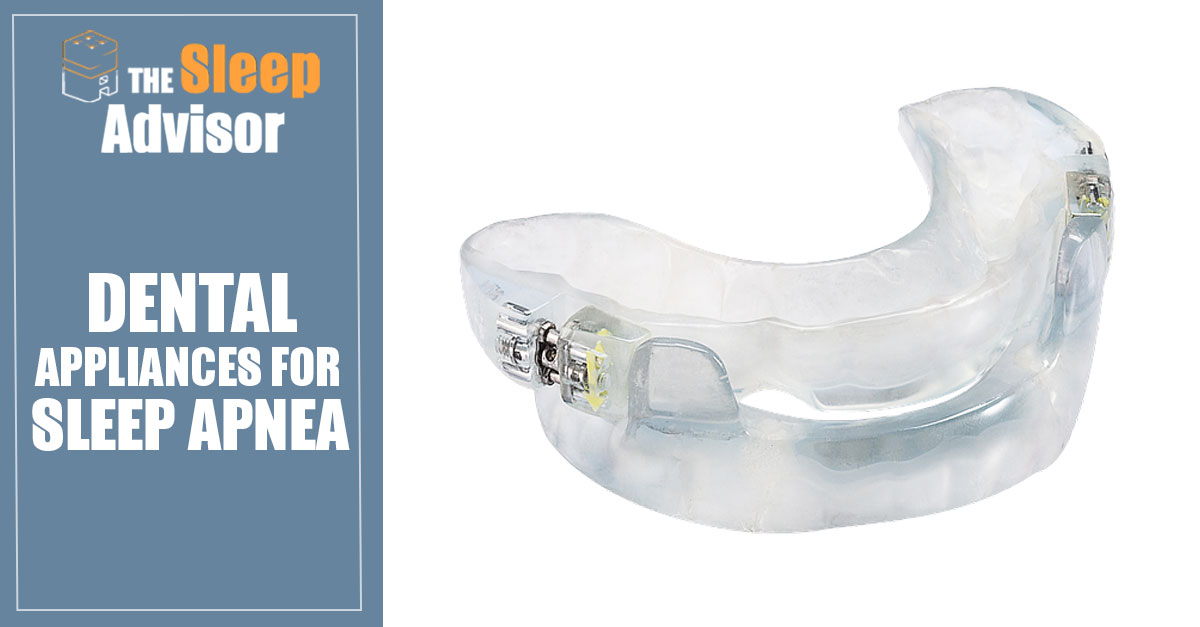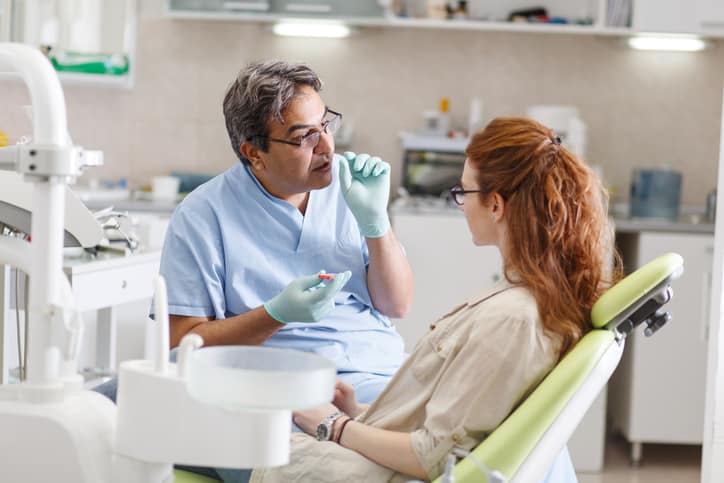Best dental appliances for obstructive sleep apnea
Table of Contents
Table of Contents
Sleep Apnea is a common sleep disorder that affects millions of people worldwide. It is a condition where breathing is interrupted or paused during sleep, leading to snoring, tiredness, lack of energy, and in severe cases, heart disease. Dental appliances for sleep apnea offer an effective remedy to alleviate this condition by reducing the interruptions and improving the quality of sleep. This article explores the benefits of using dental appliances for sleep apnea and how to clean them for better hygiene.
Pain Points related to Dental Appliances for Sleep Apnea and Appliance Cleaning
Sleep Apnea can be a devastating condition and can affect an individual’s quality of life as well as their health. The use of dental appliances can help with the treatment of sleep apnea, but one of the issues related to them is the difficulty in cleaning them. Cleaning the dental appliances is crucial, as it reduces the risk of bacterial and fungal infections, and it’s essential to maintain good oral hygiene. Neglecting cleaning the dental appliance can result in bad breath, gum disease, and decay of teeth.
Answer to the target of Dental Appliances for Sleep Apnea and Appliance Cleaning
Dental appliances are custom made devices that are worn in the mouth during sleep, designed to reposition the jaw and tongue to improve the flow of air in the throat. Patients with sleep apnea who use dental appliances report a high level of comfort and better sleep quality than those using Continuous Positive Airway Pressure (CPAP) machines. To maintain oral hygiene and avoid bacterial and fungal infections, dental appliances must be correctly cleaned and maintained.
Summary of Main Points
In summary, dental appliances for sleep apnea offer an effective treatment option, and they are more comfortable than other alternatives. However, cleaning them is a crucial element of their maintenance. Neglecting their cleaning can lead to bad breath, gum diseases, and decay of teeth.
Cleaning Dental Appliances for Sleep Apnea
Dental appliances for sleep apnea have to be cleaned regularly to maintain their effectiveness and prevent bacterial and fungal infections. Cleaning them involves different steps:

- Rinsing the dental appliance with warm water to remove saliva and debris
- Using a soft-bristled brush and mild detergent to gently brush the inner and outer surfaces of the dental appliance
- Rinsing the appliance thoroughly with running water and eliminating any soap residue
- Soaking the dental appliance for ten to fifteen minutes in a solution made of equal parts of water and vinegar
- Rinsing the appliance with water and wiping it dry with a soft towel before storing it in a clean, dry container
This cleaning routine should be done every morning and before going to bed for optimal hygiene. In addition, it’s recommended to brush and floss your teeth before inserting the dental appliance.
The Benefits of Dental Appliances for Sleep Apnea
 Dental appliances for sleep apnea offer numerous benefits, including:
Dental appliances for sleep apnea offer numerous benefits, including:
- Reduced snoring and interruptions in breathing during sleep
- Improved quality of sleep, which leads to better mental and physical health
- Non-invasive and more comfortable alternative than Continuous Positive Airway Pressure (CPAP) machines
- Customizable to fit the individual’s mouth and to provide maximum comfort
- Reposition of the jaw and tongue to improve the flow of air in the throat
Customization of Dental Appliances for Sleep Apnea
Dental appliances are custom-made devices designed to fit the individual’s mouth for maximum comfort and effectiveness. The process for creating a dental appliance for sleep apnea involves:
- An initial consultation with a dentist or a sleep specialist
- A thorough examination of teeth, mouth, and jaw to ensure that the dental appliance will fit perfectly
- Taking impressions of the mouth and sending them to a dental lab where the appliance gets created
- A second visit with the dentist or the sleep specialist to ensure if the appliance fits correctly and make any necessary adjustments.
What to Expect after using Dental Appliances for Sleep Apnea?
It’s important to note that dental appliances for sleep apnea, like any other medical treatment, might lead to temporary side effects such as:
- Excessive salivation
- Tender or sore teeth and gums
- Changes in the bite or jaw position
- Irritation in the mouth
- Dry mouth
- In rare cases, jaw pain or headaches
However, most of these side effects are temporary and might resolve themselves within a few days of using the device.
Question & Answer
Q: What is the cost of dental appliances for sleep apnea?
A: The cost of dental appliances for sleep apnea varies from $1,200 to $2,500, depending on the complexity of the device and the dentist’s expertise.
Q: Are dental appliances for sleep apnea covered by insurance?
A: Most insurance companies provide partial or full coverage for dental appliances for sleep apnea, depending on the patient’s condition and the policy’s terms.
Q: How often should I replace my dental appliance for sleep apnea?
A: Dental appliances for sleep apnea last for approximately three to five years and must be replaced when they show signs of wear and tear, such as cracks, splits, or other signs of damage.
Q: Can I travel with my dental appliance for sleep apnea?
A: Yes, dental appliances for sleep apnea are portable, and you can take them with you when traveling. It’s recommended to store them in a clean and dry container when transporting them, and ensure that you continue with the daily cleaning routine.
Conclusion of Dental Appliances for Sleep Apnea and Appliance Cleaning
In conclusion, dental appliances are an effective treatment option for sleep apnea, and they offer more comfort than other alternatives such as CPAP machines. To maintain oral hygiene and prevent bacterial and fungal infections, it’s crucial to clean them regularly. The benefits of using dental appliances for sleep apnea are numerous, including reducing snoring, better quality of sleep, and better mental and physical health. The cost of the dental appliances varies, but most insurance companies cover them, and they last for around three to five years.
Gallery
Dental (Oral) Appliances For Sleep Apnea: Treatment Pros & Cons

Photo Credit by: bing.com / sleep apnea oral appliances dental treatment bamboo linenspa sheets
Best Dental Appliances For Obstructive Sleep Apnea - Home & Home

Photo Credit by: bing.com / apnea obstructive
Best Dental Appliances For Obstructive Sleep Apnea - Home & Home

Photo Credit by: bing.com / apnea dental obstructive
Best Dental Appliances For Obstructive Sleep Apnea - Home & Home

Photo Credit by: bing.com / apnea obstructive
Oral Sleep Appliances Daniel Island SC, Sleep Better SC

Photo Credit by: bing.com / sleep appliances oral apnea obstructive appliance therapy dental patients mild moderate





